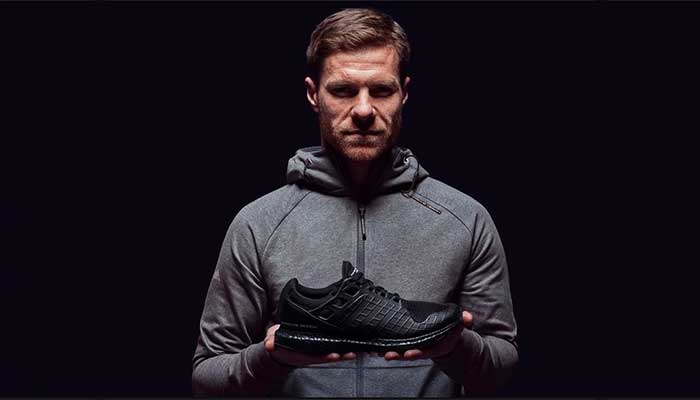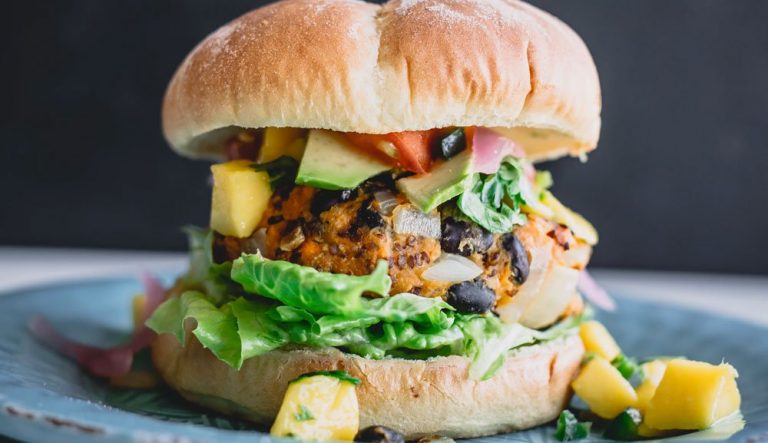How Tight Should A Weightlifting Belt Be? – All About Weightlifting Belts
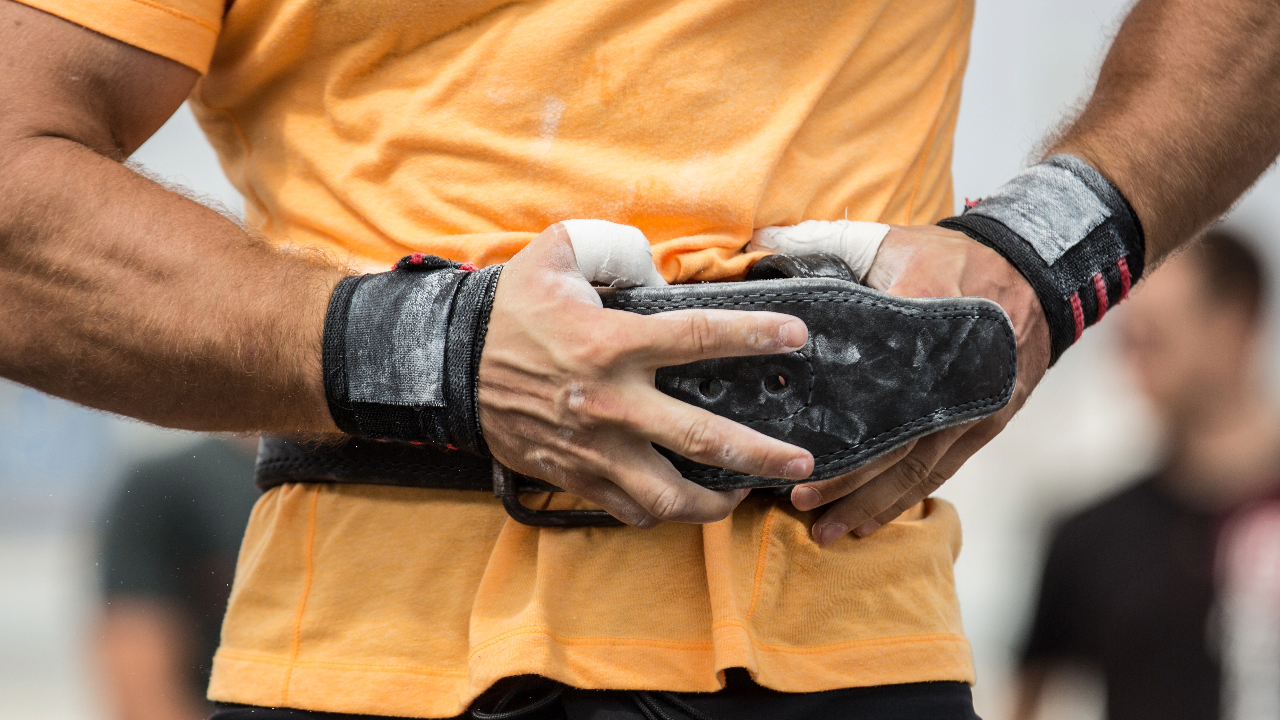
ListedFit is reader-supported. When you buy through links on our site, we may earn a small commission.
Weightlifting belts are a popular accessory used by many athletes to enhance their performance and provide additional support during heavy lifts.
These belts can play a crucial role in helping you maintain proper form and stability throughout your lift, which ultimately reduces the risk of injury and maximises your potential.
But one of the most frequently asked questions about lifting belts is how tight they should be in order to yield the best results.
Summary
It’s important to remember that the tightness of a lifting belt will depend on several factors, including the type of exercise you’re performing and your personal comfort level.
Different exercises may require slight adjustments to the belt’s tightness, but a general rule of thumb is to allow for about a finger width of room between the belt and your torso.
This should provide adequate support without impeding your ability to breathe comfortably.
Finding the sweet spot between support and comfort is crucial for effective and safe weightlifting sessions.
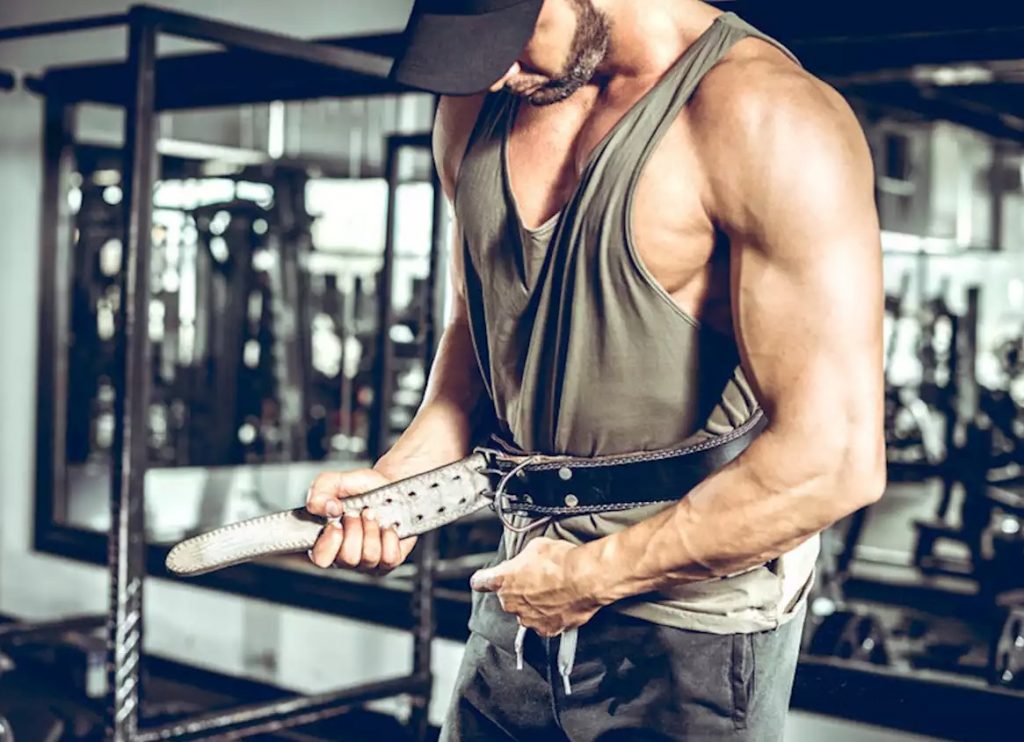
Key Takeaways
- A weightlifting belt should be tight enough to provide proper support without restricting your breathing
- The ideal tightness may vary depending on the exercise being performed
- Always prioritize comfort and maintain proper breathing techniques when using a lifting belt
Table of Contents
Should I Wear a Weightlifting Belt?
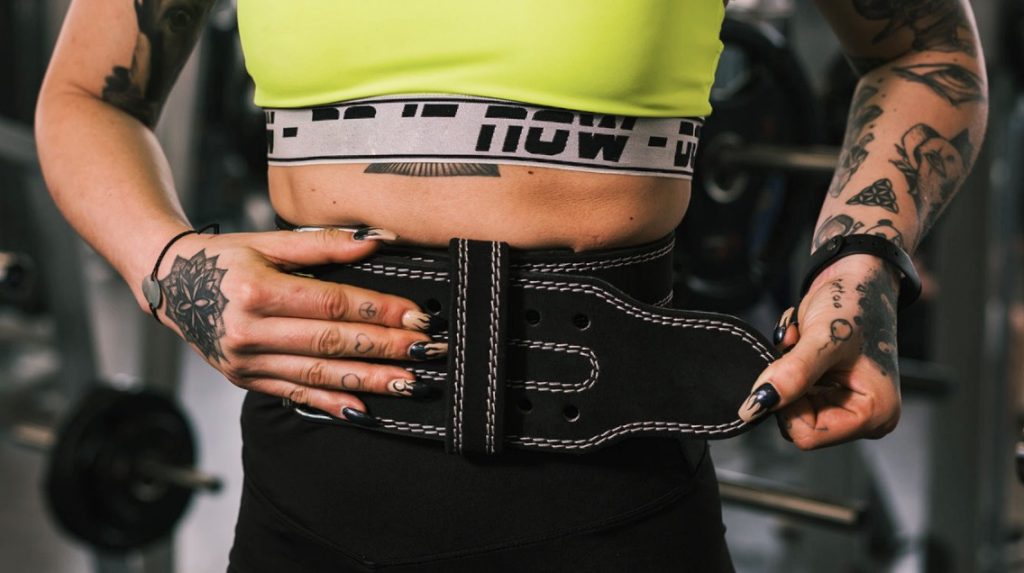
Weightlifting belts can be a useful tool for those who engage in heavy lifting exercises, providing support to the lower back and promoting proper lifting technique.
But it is important to determine if wearing one is appropriate based on your individual circumstances.
When you’re doing exercises such as squats, deadlifts, and overhead presses, a weightlifting belt can offer extra support by increasing intra-abdominal pressure.
Intra-abdominal pressure (IAP), helps stabilize your core and reduces the risk of injury, allowing you to lift heavier weights with better form.
If you are working towards these goals, adding a weightlifting belt to your routine may be beneficial.
On the other hand, if you do not regularly lift heavy weights or engage in these specific compound exercises, wearing a weightlifting belt may not be necessary or even counterproductive.
For those who predominantly perform bodyweight, high-repetition, or high-intensity training, a belt may impede your range of motion and limit your focus on developing core strength and proper breathing technique.
You should also remember that wearing a weightlifting belt is not a substitute for proper lifting technique, mobility, and core strength. It should be seen as an additional tool to enhance your performance, but it is crucial to focus on perfecting these foundational elements before relying on a belt.

How To Get The Right Size and Fit
When you’re choosing a weightlifting belt, it’s essential to find the proper size and fit for your body type.
You need the belt to provide optimal support which will in turn allow you to perform exercises like the snatch safely and effectively.
Firstly, measure your waist circumference at the level where you plan to wear the belt, typically around the navel.
Use this measurement to select the right size based on the manufacturer’s sizing chart.
Keep in mind that each brand’s sizing may differ, so it’s crucial to check the specific chart for the belt you’re interested in.
A well-fitted weightlifting belt should feel snug but not overly tight. You should be able to fit one finger width between the belt and your torso. This level of tightness will allow you to feel the belt’s support around your waist while still being able to breathe comfortably.
To find the right fit, consider your body type and what type of weightlifting exercises you’ll be performing. For instance, powerlifters who perform heavy squats and deadlifts may prefer a thicker and wider belt for increased support, while those focusing on Olympic lifts like the snatch might opt for a more tapered belt that allows greater mobility.
If you’re unsure about the fit, try a few different sizes and styles, adjusting the tightness to find the ideal balance between support and comfort.
Remember that the belt’s main purpose is to increase intra-abdominal pressure and spinal stabilisation during lifts, so ensure it’s snug enough to serve that function.
Proper Placement of the Belt Is Key!
When you’re preparing to lift weights, ensuring the proper placement of your weightlifting belt is crucial. This not only helps to stabilise your spine but also provides the necessary support to perform lifts safely and effectively.
To position the belt correctly, place it just above your hip bones, where the abdominal muscles are most active during heavy lifts.
The front of the belt should align with your belly button, ensuring maximum support to your lower back and core.
Remember that the tightness of the belt may vary depending on the type of lift you’re performing.
When it comes to adjusting the belt’s tightness, aim for about a finger width of room between the belt and your torso. This ensures that the belt is tight enough to provide support while still allowing you to brace and breathe comfortably.
How to Secure and Adjust Your Lifting Belt
To ensure the proper support and safety while lifting weights, it is crucial to secure and adjust your weightlifting belt correctly. Follow these steps for a comfortable and effective fit.

Before you start, determine the closure type of your belt.
Weightlifting belts typically come in two varieties: prong belts and lever belts. Each has its own method of securing and adjusting.
Prong Belts
- Wrap the belt around your waist, positioning it just above your hip bone for full contact with your back, sides, and front.
- Thread the strap end through the buckle, pulling it tight enough so that there is about a finger width of room between the belt and your torso. This will allow for proper support without impeding your ability to breathe or engage your core effectively.
- For a double-prong belt, ensure both prongs are positioned through their corresponding holes on the strap ensuring an even and secure fit.
- Make any necessary adjustments in tightness by moving the prong(s) to different holes on the strap.
Lever Belts
- Place the belt around your waist as mentioned above for prong belts.
- Close the lever, ensuring the belt fits snugly but allowing a finger width of space between the belt and your abdomen.
- If adjustments are needed, open the belt’s lever and unscrew the adjusting screws on either side of the lever mechanism.
- Move the lever to the appropriate hole on the strap, ensuring an optimal fit and then tighten the screws back into place.
If you follow these steps, you can confidently secure and adjust your weightlifting belt, providing the support needed for safe and effective lifting.
Remember to always prioritise comfort and breathability while maintaining the proper tightness for stability during your workouts.
Breathing Techniques With a Lifting Belt
Breathing is an essential aspect of weightlifting, and using a lifting belt can aid in performing various exercises more effectively. In this section, we will discuss the proper breathing techniques to use when wearing a weightlifting belt.
First and foremost, let’s learn how to take a deep belly breath.
- To do this, breathe in deeply through your nose, focusing on filling your diaphragm and expanding your midsection, rather than just lifting your chest.
- As you exhale, do so through your mouth, ensuring a complete release of air. This technique will help you get the most out of your belt and maintain pressure throughout each lift.
The Valsalva manoeuvre is another valuable breathing technique to use with a lifting belt.
This method involves taking a deep breath in, holding it, and then applying pressure by attempting to exhale against a closed airway.
This creates intra-abdominal pressure and improves stability during your lifts.
To perform the Valsalva manoeuvre, follow these steps:
- Inhale deeply, filling your belly with air.
- Close your mouth and pinch your nose shut.
- Attempt to exhale against the resistance, keeping your airway closed.
- Once your lift is complete, release the pressure and exhale slowly.
When wearing a belt, it’s essential you pay attention to how comfortably you can breathe. The belt should be snug enough for support, but not so tight that it restricts your breathing.
To find the right balance, tighten the belt to a point where you can still perform the deep belly breath and Valsalva manoeuvre without discomfort or difficulty.
Now you know the importance of proper breathing techniques while wearing a weightlifting belt, and how to perform them correctly.
Remember to practice the deep belly breath and Valsalva manoeuvre regularly, and ensure your belt is snug but comfortable for optimal support and performance during your workouts.
Common Misconceptions About Weightlifting Belts

There are several myths and misconceptions surrounding the use of weightlifting belts. In order to make the most of your workout routine and ensure safety, it is essential to know the facts.
- Myth 1: Weightlifting belts prevent back injuries
While weightlifting belts can provide support to your torso and help maintain stability, they should not be relied upon to prevent back injuries. Proper form, technique, and a progressive training programme are essential in avoiding injury. - Myth 2: Weightlifting belts should always be worn during heavy lifting
Using a weightlifting belt should be based on your lifting needs, type of exercise, and personal preference. It is not necessary to wear a belt for every lift. Instead, consider employing a belt for heavy compound exercises like squats, deadlifts, and overhead presses. - Myth 3: The tighter the belt, the better the support
An overly tight weightlifting belt can hinder your breathing, cause discomfort, and affect your lifting performance. Instead, ensure that the belt is snug enough to provide adequate support while still allowing you to brace your abdominal muscles against it. - Myth 4: A weightlifting belt is only for experienced lifters
Using a weightlifting belt can be beneficial for beginners and experienced lifters alike. For novice lifters, incorporating a belt early in your training can help you become accustomed to the sensation of bracing your core muscles. As you progress, a weightlifting belt can serve as a valuable support tool during heavy lifts.
By being aware of these misguided beliefs, you can make informed decisions regarding the use of a weightlifting belt in your workout routine.
Remember that finding the right fit and determining an appropriate level of tightness are crucial for safe and effective lifting.
Be Careful of These When Using Your Belt
When using a weightlifting belt, it’s essential to take some precautionary measures to ensure your safety and reduce the risk of injury.
- Start by making sure that the belt is tight enough to provide support to your core, yet not so tight that it restricts your breathing. You should be able to fit a finger or two between the belt and your abdomen, allowing you to breathe comfortably and engage your core effectively.
- While a weightlifting belt can provide protection against hernias and other injuries in the abdominal area, it is not a one-stop solution for preventing injuries. Educate yourself on proper lifting techniques and ensure that you are lifting within your capabilities. Overloading your body with excessive weight can still lead to injuries, even if you’re wearing a belt.
- Be mindful of the potential for hyperextension when using a belt during exercises like squats and deadlifts. An overly tight belt may cause you to arch your back excessively, resulting in stress on your spine and increasing your injury risk. Always focus on maintaining a neutral spine during your lifts.
- Lastly, be aware that wearing a weightlifting belt may cause an increase in your blood pressure due to the increased intra-abdominal pressure it creates. If you have a history of high blood pressure or other cardiovascular concerns, consult with a medical professional before using a belt during your workouts.
Frequently Asked Questions
How snug should a weightlifting belt be during exercises?
A weightlifting belt should be snug enough to provide support and maintain pressure around your core, but not so tight that it restricts your breathing or causes discomfort.
Aim for a level of tightness that allows you to take a deep breath and brace your core effectively.
Every individual may have a different preference, so it’s important to find the right balance that works for you.
What is the proper way to wear a Velcro lifting belt?
To wear a Velcro lifting belt properly, first, wrap the belt around your waist, ensuring it sits just above your hip bone and has full contact across your back, sides, and front of your torso.
After wrapping it around, pull the Velcro strap through the buckle or loop, and secure it at a snug and comfortable tightness.
Is a weightlifting belt necessary for all types of workouts?
No, a weightlifting belt is not necessary for all types of workouts.
It is primarily designed for exercises that involve heavy lifting, such as squats and deadlifts, to provide support for your back and core.
If a workout does not involve heavy compound movements or significant spinal loading, a lifting belt might not be needed.
How should a lifting belt be positioned for deadlifts?
For deadlifts, position the weightlifting belt so that it supports your lower back and core.
It should be placed slightly higher on your back than for squats, as this will help support the erector spinae muscles and maintain the correct posture during the lift.
Adjust the tightness to a level that allows you to brace effectively and maintain proper form.
What are some tips for breaking in a new lifting belt?
Breaking in a new lifting belt may take some time, as the material needs to become more flexible. Here are some tips to help you break in your new belt:
1. Wear it regularly during workouts to help the material conform to your body.
2. Roll the belt tightly and leave it for a few hours or overnight, then unroll and use it during your workout sessions.
3. For leather belts, apply a leather conditioner to soften the material and make it more pliable.
Why might a weightlifting belt feel uncomfortable during use?
A weightlifting belt might feel uncomfortable if it is too tight, too loose, or not positioned correctly.
Additionally, if the belt is new, it may take time to break in and conform to your body shape.
Experiment with adjusting the tightness and positioning to find the optimal level of comfort and support for your specific needs.
If discomfort persists, consider looking into different types of belts or seeking advice from a knowledgeable coach or trainer.
Author
- Danny Loeb is a qualified Personal Trainer, Fitness Model and Writer. He enjoys blogging about health and fitness, messing around with Photoshop, and sharing his experiences with everyone.
Latest entries
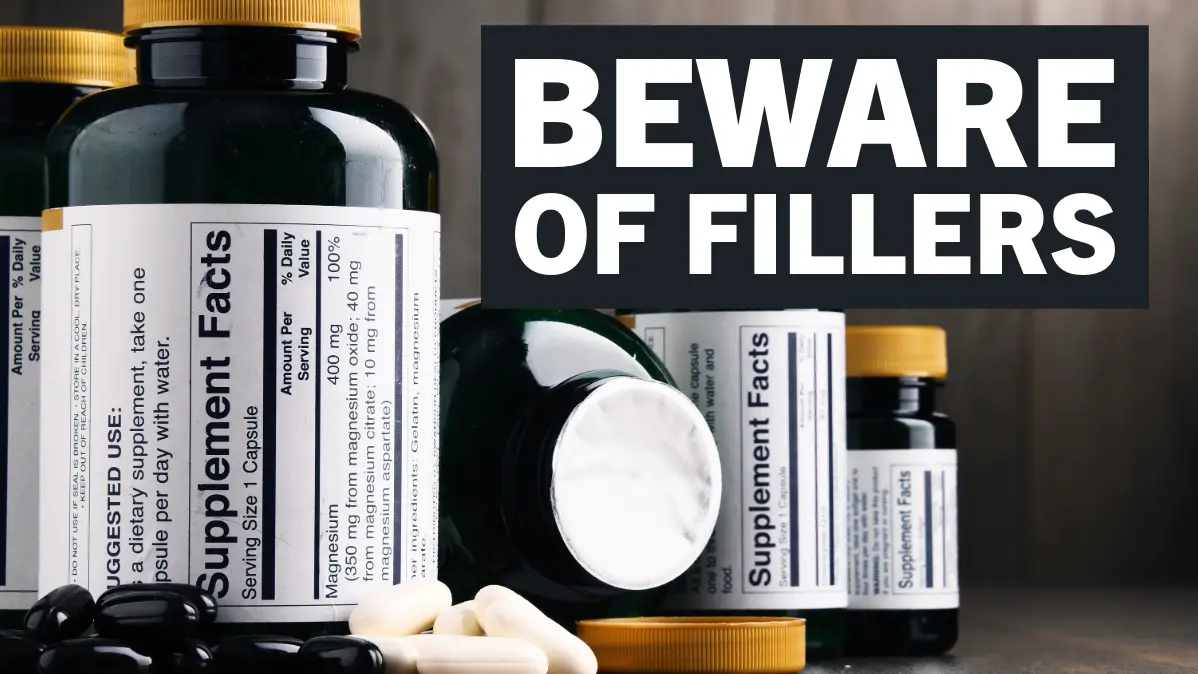 NutritionFebruary 6, 2024What Are Fillers in Supplements? – Unveiling Inactive Ingredients
NutritionFebruary 6, 2024What Are Fillers in Supplements? – Unveiling Inactive Ingredients FitnessAugust 23, 2023Best Post-Workout Foods: Great Ideas for Recovery and Results
FitnessAugust 23, 2023Best Post-Workout Foods: Great Ideas for Recovery and Results BulkingJuly 26, 2023Is Rice Good for Bulking? Unveiling the Truth
BulkingJuly 26, 2023Is Rice Good for Bulking? Unveiling the Truth CultureJuly 15, 2023Why Do People Hate Planet Fitness? Read This Before You Join!
CultureJuly 15, 2023Why Do People Hate Planet Fitness? Read This Before You Join!
Affiliates:
This post may contain affiliate links that at no additional cost to you, the site may earn a small commission. We only recommend products we would use ourselves and all opinions expressed on this site are our own.
General Advice:
The information provided in this article is for general informational purposes only. It is not intended as a substitute for professional advice. Always consult with a qualified healthcare professional before starting any new diet, exercise program, or making changes to your health routine.
Accuracy Advice:
While we strive to provide up-to-date and accurate information, the content in this article may not reflect the most current research or medical guidelines. We encourage readers to do further research and consult with professionals for more personalized advice.
Our Recommendations:
The products and services mentioned in any of our articles are recommended based on our independent research and personal experience. We are not sponsored by any company. We aim to suggest products and services we believe are of high quality and could be beneficial to our readers.

